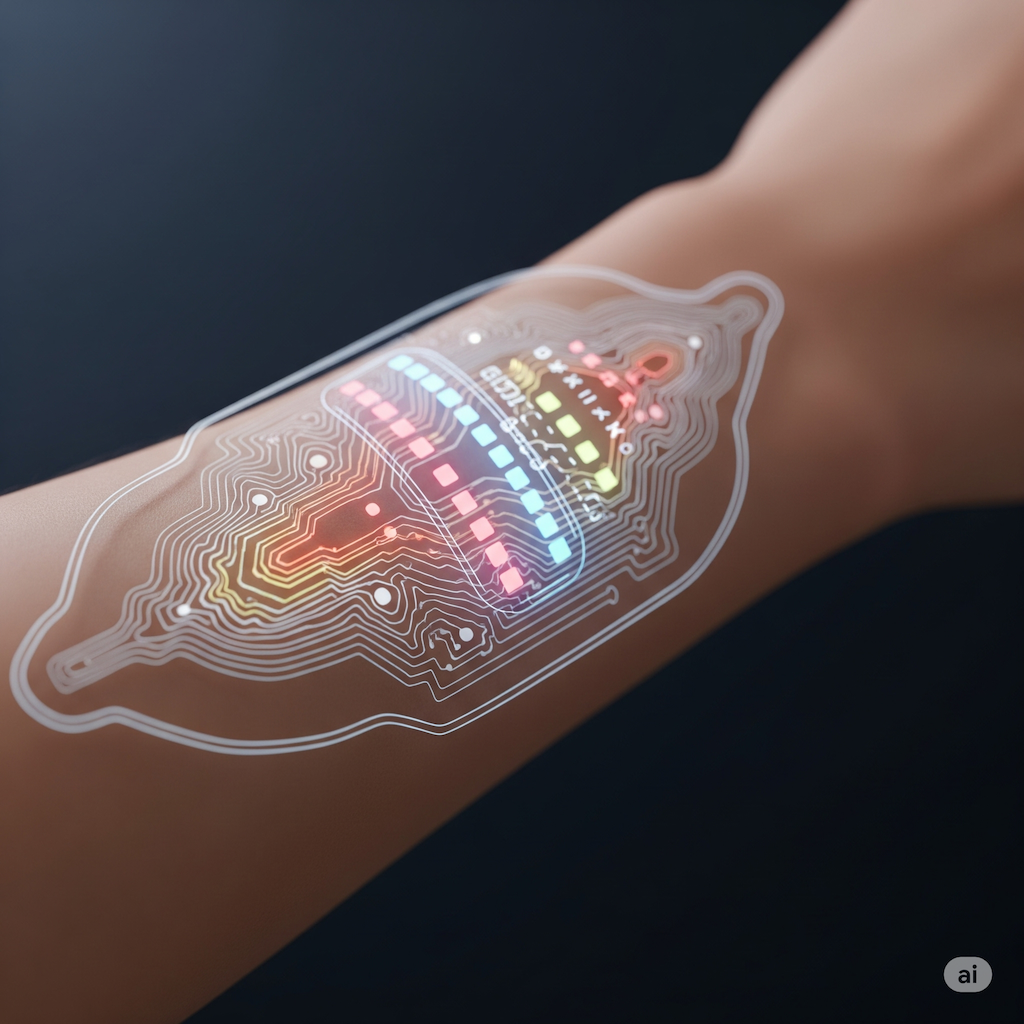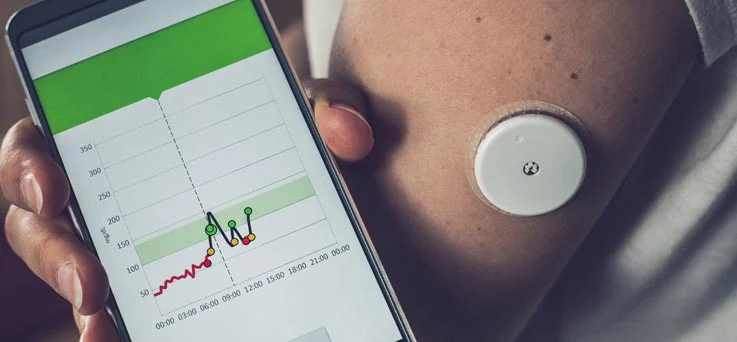
The Wearable Effect: How Personal Tech is Reshaping Health, Privacy, and Society
Wearable devices are more than just gadgets; they are catalysts for change. This post examines the profound impact of wearables on personal health, the doctor-patient relationship, and the pressing ethical questions they raise about data privacy and algorithmic bias in a data-driven world.
The Wearable Effect: How Personal Tech is Reshaping Health, Privacy, and Society
The proliferation of wearable devices, from the ubiquitous fitness tracker to the sophisticated continuous glucose monitor, is having a ripple effect that extends far beyond the individual user. This wave of personal technology is not only changing how we manage our health but is also reshaping the very fabric of our society. It's altering the dynamic between patients and doctors, creating new markets, and, most importantly, forcing us to confront complex ethical questions about data, privacy, and what it means to be human in an increasingly quantified world.
The Empowerment of the Quantified Self
At its core, the wearable revolution is about empowerment. For the first time in history, individuals have access to a continuous stream of data about their own bodies. This 'quantified self' movement is enabling people to take a more proactive role in their health and well-being. By tracking metrics like activity levels, sleep patterns, and heart rate, users can identify trends, set goals, and make more informed decisions about their lifestyle. This newfound awareness can be a powerful motivator for positive behavior change, helping people to become more active, eat healthier, and manage stress more effectively.
Redefining the Doctor-Patient Relationship
The data generated by wearable devices is also transforming the relationship between patients and their healthcare providers. Instead of relying on a few snapshots of data taken during a clinical visit, doctors can now access a rich, longitudinal dataset that provides a much more complete picture of a patient's health. This can lead to more accurate diagnoses, more personalized treatment plans, and a more collaborative approach to care. However, this influx of data also presents challenges. Clinicians are already struggling with information overload, and the addition of patient-generated data from wearable devices could exacerbate this problem. New tools and workflows will be needed to help doctors make sense of this data and integrate it into their clinical practice.
The Double-Edged Sword of Data
While the data from wearable devices has the potential to do immense good, it is also a double-edged sword. The collection of vast amounts of personal health information raises significant privacy concerns. Who owns this data? How is it being used? And what happens if it falls into the wrong hands? These are not hypothetical questions. There have already been instances of sensitive health data being breached or used in ways that the user did not intend. As wearable devices become more integrated into our lives, it will be crucial to establish clear and robust regulations to protect user privacy and ensure that individuals have control over their own data.
The Specter of Algorithmic Bias
Another major concern is the potential for algorithmic bias. The algorithms that are used to analyze data from wearable devices are only as good as the data they are trained on. If the training data is not representative of the population as a whole, the algorithm may be biased against certain groups of people. For example, an algorithm that is trained primarily on data from young, healthy men may not be accurate for older women or people with chronic diseases. This could lead to health disparities and exacerbate existing inequalities. It is essential that we take steps to ensure that the algorithms used in wearable devices are fair, transparent, and equitable.
Navigating the New Frontier
The impact of wearable devices on our society is still unfolding, and we are only just beginning to grapple with the complex ethical and social issues that they raise. As we move forward, it will be essential to have a broad and inclusive public dialogue about the kind of future we want to create. We need to find a balance between innovation and regulation, between the benefits of data and the right to privacy. The wearable effect is a powerful force for change, and it is up to all of us to ensure that it is a force for good.
References:
- "The Ethical and Social Implications of Wearable Technology." *The Hastings Center Report*, 2023.
- "Algorithmic Bias in Healthcare AI." *Journal of the American Medical Association*, 2024.
- "The Future of the Doctor-Patient Relationship in the Age of AI." *The New England Journal of Medicine*, 2025.
PUKAR MAHARJAN
Postdoc Research Associate
I'm a bioelectroncis researcher specializing in wearable healthcare devices, leveraging materials science, nanotechnology, additive manufacturing, biomedical engineering, machine learning and AI to create innovate solutions that seamslessly intgrate technology with human health.
Related Articles

Skin Deep: How Electronic Tattoos Are Becoming the Ultimate Wearable
Imagine a health monitor so thin and comfortable you forget it's even there. This is the promise of electronic tattoos, or e-tattoos. This post explores the cutting-edge technology behind these imperceptible devices and their potential to revolutionize continuous, non-invasive health monitoring.
Read Article
Made for You: The Dawn of Personalized Wearable Medical Devices
One-size-fits-all is becoming a thing of the past in healthcare. This post explores the rise of personalized wearable medical devices, powered by technologies like 3D printing and digital twins, and how they are creating a new paradigm of patient-centric care.
Read Article